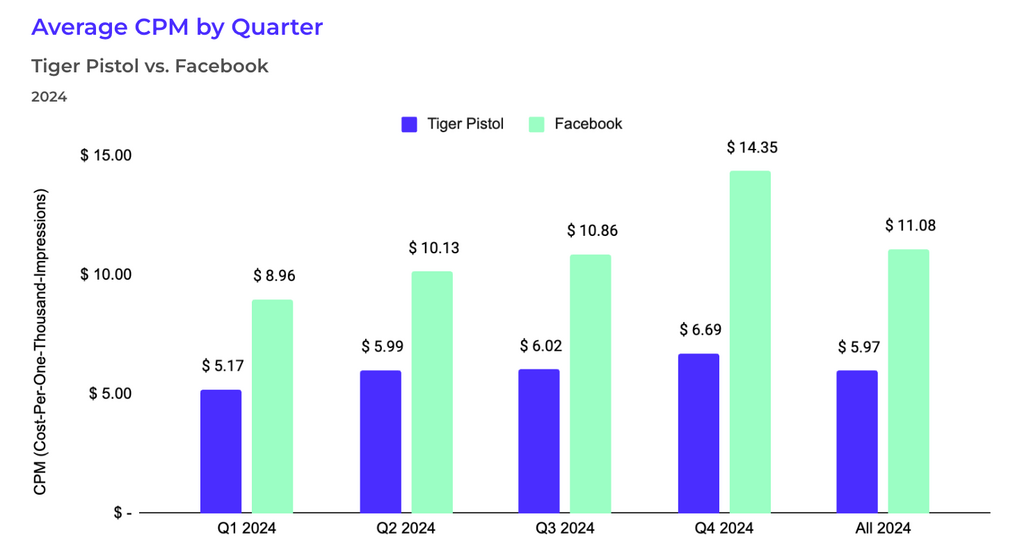As TikTok’s fate as a U.S. operation continues to fluctuate at the whims of geopolitical favor, one hypothetical continues to tickle our speculative interest: What does a post-TikTok world look like? We’ve gone down this rabbit hole a few times, including input from social media experts in the Localogyverse.
To save you some time, one big takeaway from those thought exercises is that the world will keep spinning without TikTok’s U.S. presence. Though TikTok’s self-preserving PR is spun around the notion that it’s critical for U.S. local business sustainability, they’ll find other places to market themselves.
To be fair, there would be a fair amount of scrambling as TikTok-familiar businesses transition to, and establish footing in, other platforms. TikTok’s unique and native “language” is a double-edged sword in this case. It has differentiated the platform, but content won’t be easily portable to other platforms.
Meanwhile, social media competitors are lining up to capture TikTok’s users and advertisers. Part of that is to ease the transition and attract businesses with as little friction as possible. Among other market events, this can be seen in the acceleration of an existing social world phenomenon: copycat features.
TikTok & the Local Landscape: A Conversation with Damian Rollison
Open Arms
With that broader backdrop of social market dynamics, we recently got a more precise preview of what a post-TikTok world from our friends at Tiger Pistol. As a sort of simulation of what that might look like, the firm recalls the 14-hour period in January – prior to executive intervention – when TikTok went dark
Citing a Columbia Business School study, Tiger Pistol points out that during that short outage, Meta’s ad prices spiked by 10 percent. As advertisers scrambled to find other options and relocate their ad budgets, Meta was waiting with open arms. And the surge in demand drove up ad rates, as it goes.
If this preview were to play out with a real TikTok ban, the impact on ad rates could be proportionately larger, given more advertisers over a longer period of scrambling. It would also apply across ad-centric social media, with Meta embracing the lion’s share of orphaned ad dollars for Facebook and Instagram.
Though things would normalize in the long run, this is one of the short-term pains noted above. Furthermore, SMBs are already enduring enough volatility at the moment with the ripple effects of a global trade war. TikTok’s disappearance would surely cause short-term headaches for SMB faithfuls.
Insulated Position
Back to Tiger Pistol, one reason that it’s diving into this intellectual exercise is to signal its platform value – and rightly so. As a platform with a well-diversified mix of social marketing channels that are optimized on behalf of local businesses – both SMBs and MULO brands – it can insulate them from volatility.
In other words, with marketing activity strategically spread across several channels, any given local business operating on TikTok would see a diluted version of collateral damage from its deportation. The broader risk-management virtues in diversifying anything – from stocks to marketing channels – apply.
That insulated position will play out in a few ways. For one, there will be fewer headaches in the process of having to establish oneself in other social channels, as platforms like Tiger Pistol do their thing. Two, there will be less impact in ad-rate price hikes from sudden spikes in demand, as seen in January.
To support the latter point, Tiger Pistol provided Localogy two charts that quantify its aggregate ad rates versus Meta. Covering CPMs and CPCs, we’ll leave you with those data points and circle back as the TikTok saga develops. The clock isn’t slowing down as we approach TikTok’s June 19 judgment day.


Header image credit: Alexander Shatov on Unsplash



